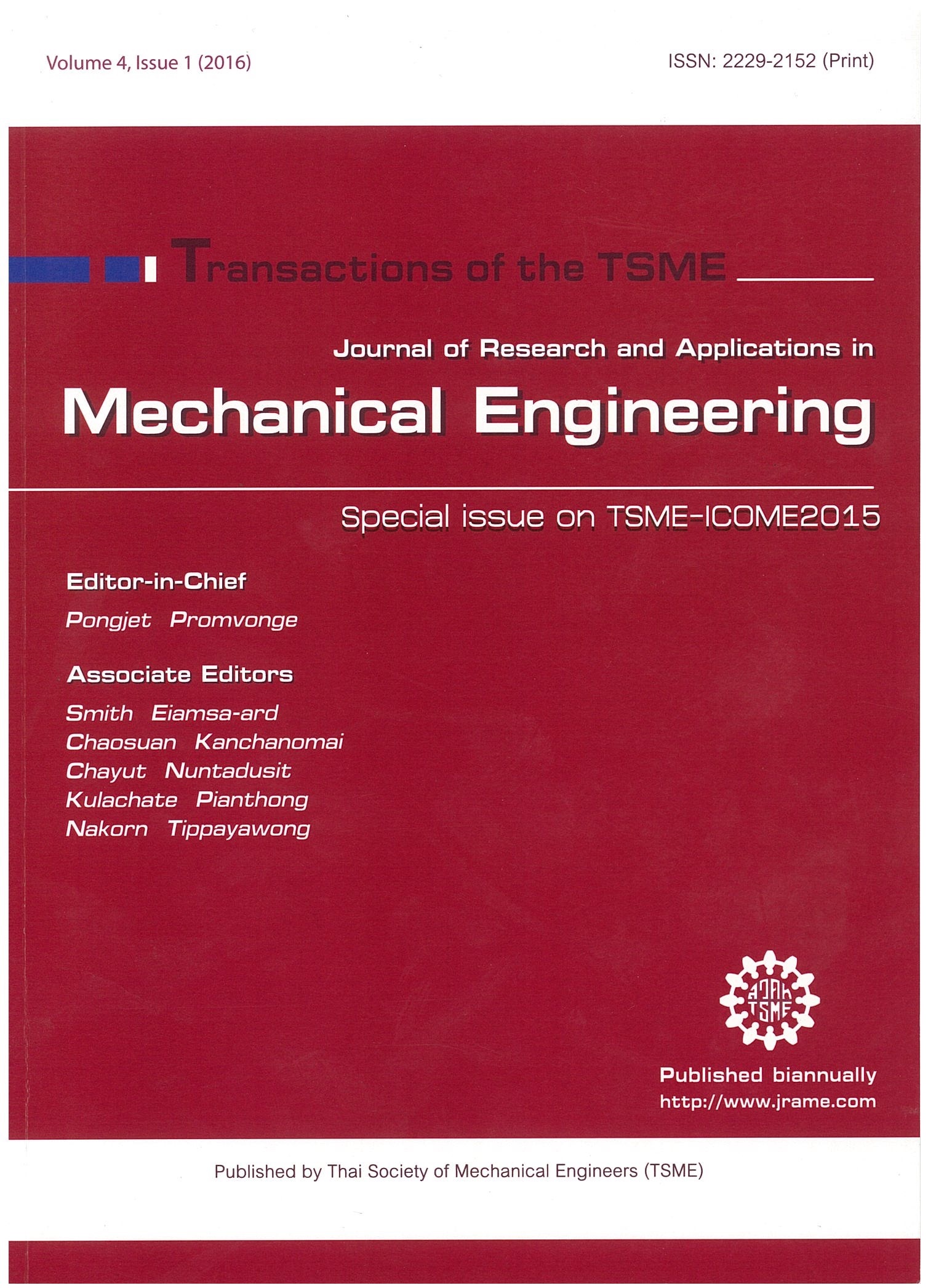Effect of ultrasonic vibration in the solid state bonding of the aluminum alloy using insert metal
Main Article Content
Abstract
Consumption of aluminum alloys is increasing in order to improve the environmental performance. The aim of this research is to develop a technique to bond aluminum within an atmosphere in a short amount of time and with minimal deformations. In order to accomplish this, the bonding was carried out via use of induction heating and ultrasonic vibration. As a result, by adding the high-frequency induction heating and ultrasonic vibration to the bonding surface of the aluminum material, the oxide film is destroyed and the aluminum material was joined in a short time by the plastic deformation. Then we discussed examined the bonding mechanism.
Article Details
This work is licensed under a Creative Commons Attribution-NonCommercial-ShareAlike 4.0 International License.
References
[2] Okamura, H., Aota, K. and Ezumi, M. Friction stir welding of aluminum alloy and application to structure, Journal of Japan Institute of Light Metals, Vol. 50(4), 2000, pp. 166-172.
[3] Enjo, T. Diffusion bonding of aluminum and its alloys, Journal of Japan Institute of Light Metals, Vol. 39(1), 1989, pp. 58-66.
[4] Enjo, T., Ikeuchi, K. and Horinouchi, T. Effect of impurities in aluminum on the diffusion bonding of aluminum to titanium, Journal of Japan Institute of Light Metals, Vol. 36(3), 1986, pp. 143-151.
[5] Miyagawa, W., Saito, O. and Suzuki, A. A study on the bonding technology of flame bonding material-Development of aluminum alloy diffusion bonding method, Yamanashi Prefectural Industrial Technology Center research report, Vol. 15, 2001, pp. 20-23.
[6] Kawanami, T., Sekiguti, H., Saito, M., Hiroi, T., Ohga, K., Kobayashi, M., Nakamachi, E., Kataoka, S. and Tutui, Y. Basic Plastic Working Science, Morikita Publishing Co., Ltd.,1995.
[7] Watanabe, T., Yoneda, A., Yanagisawa, A., Konuma, S. and Ohashi, O. The effect of oxide film on the strength of an ultrasonically welded joint, and welding process, Study on the Ultrasonic Welding of Dissimilar Metals (2nd report), Quarterly journal of the Japan Welding Society, Vol. 17(2), 1999, pp. 223-233.



